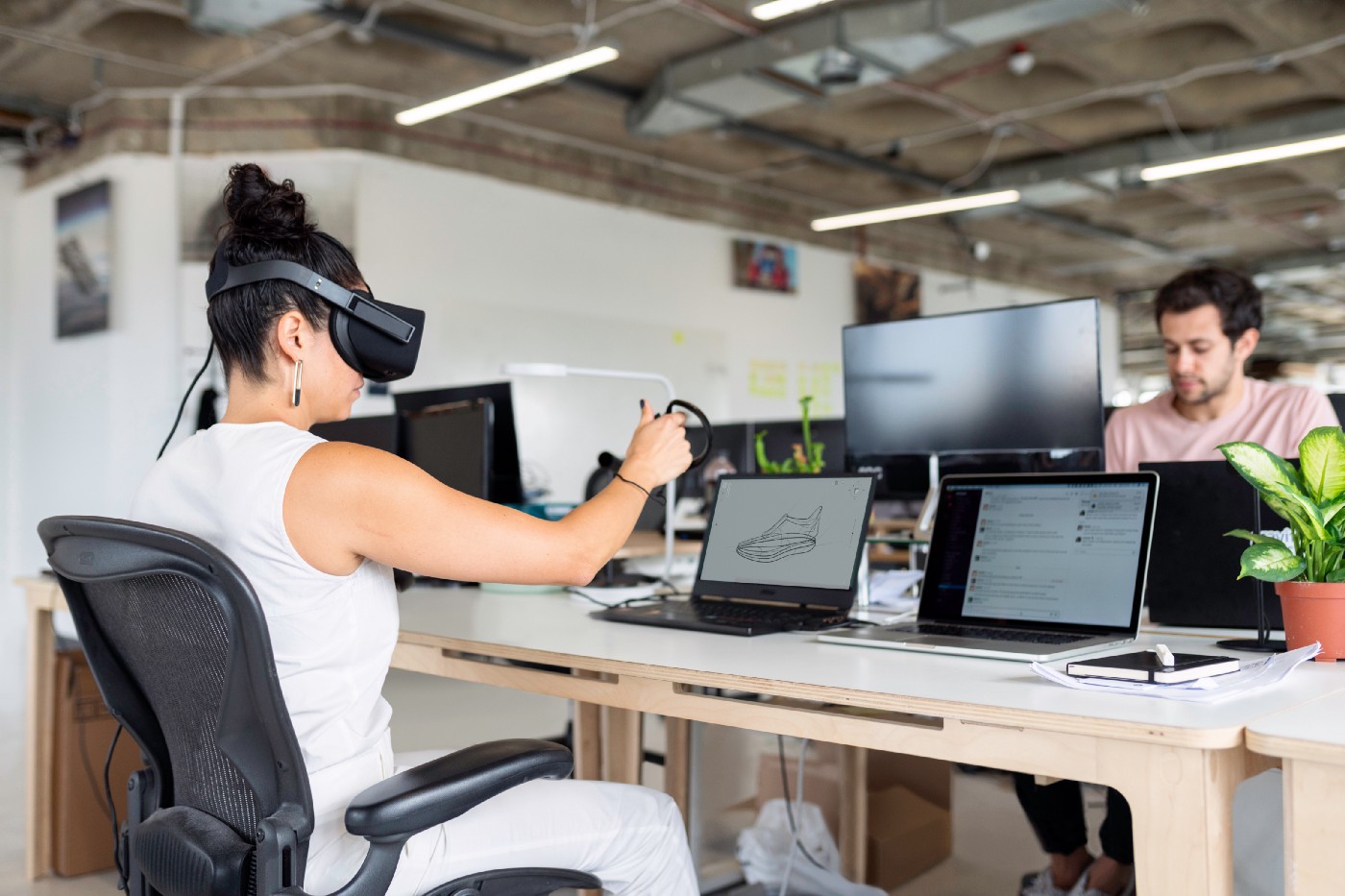Our Metaverse of Work Stack
Ryan Frederick | May 18th, 2022

We’ve been working in the metaverse with some of our team and clients for about a year. The results have been good, and we’re planning to expand our use to most of the team and clients over the next year.
We began using the metaverse of work to collaborate better, communicate, and interact with our team members and clients. Remote work, which, as I wrote about in a previous post, is not virtual work, started to give us a sense of being further disconnected from our team and clients. Still, we also acknowledged the efficiencies of not having to be in-person to be able to do our work and serve our clients. Our team is digital and knowledge workers, so they can do their work from anywhere from a practical perspective. Remote has limitations around staying connected and engaged however that facilitated us implementing virtual work.
Our current metaverse of work stack consists of:
- Oculus (Hardware.)
- Horizon Workrooms (Team meetings and collaboration. Think team huddles.)
- Glue (Larger meetings like all-hands and town halls.)
- Immersed (Individual collaboration between team members such as pair programming.)
The different virtual spaces are that there are different spaces for different sizes and types of interactions, just like in the physical. You wouldn’t have a one-on-one meeting in an amphitheater in the physical world, so that you wouldn’t do it virtually either. Virtual spaces are designed to facilitate different experiences based on the number of people participating and the activities. Getting the space aligned with the type of interaction and experience is key to an excellent virtual work experience.
We continue to evaluate other virtual work tools and spaces and will almost certainly be using some different or new tools as we learn more, our needs change, and new tools become available.
The metaverse of work is in the very early stages. There will be improvements in every aspect, which will be one of the challenges. Companies need not get swept up in what is sure to be an avalanche of new tools. Experiment and evaluate, but don’t get caught thrashing in a never-ending perfect tool and virtual work stack chase. Just as there are many ways to configure a physical workspace and many remote work tools, so will there be for virtual work. The metaverse of work will be fast-moving, and companies who chase rather than be strategic and thoughtful will find themselves unhappy with their virtual work impact.
Ugh, I know I wrote strategic. The companies who are the most strategic about their approach to virtual will see the best success, just like everything else. Companies have to understand the needs and types of work their team members engage in to provide them with workspaces of any type to facilitate their best work. Work experience never should have been and certainly won’t be one size fits all in the future. The companies that can best align their strategic goals, culture, work, and team member work preferences with physical, remote, and virtual workspaces will thrive.
